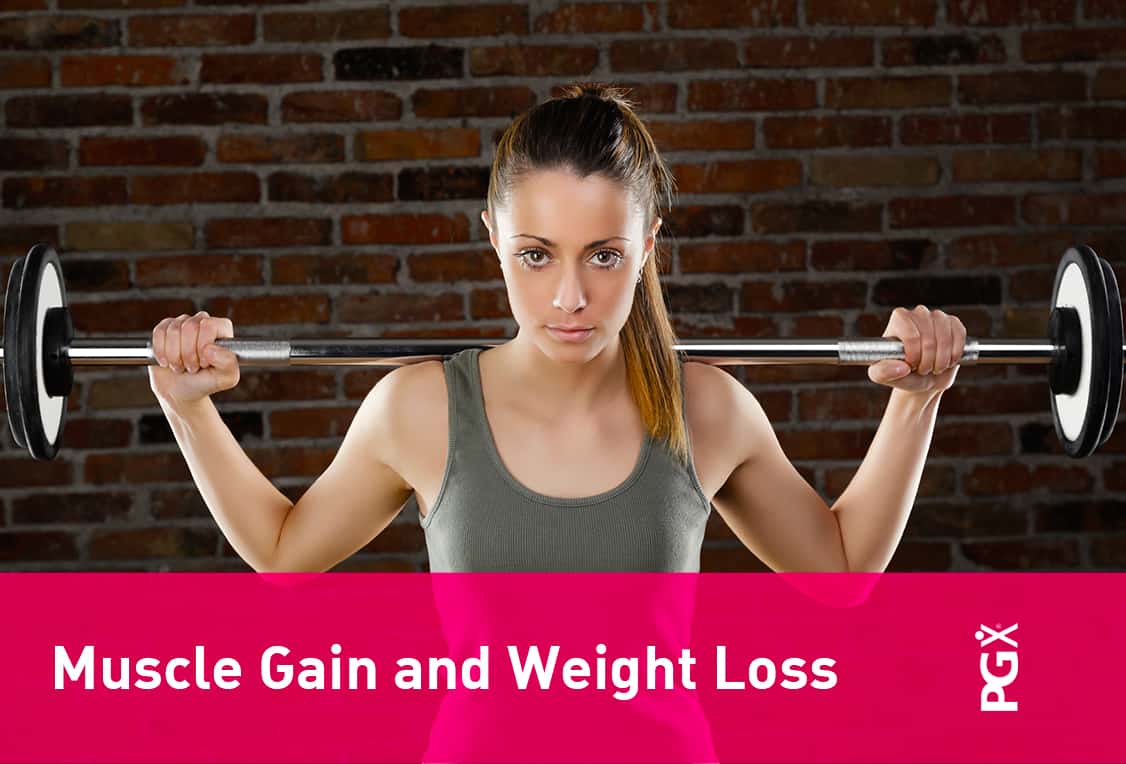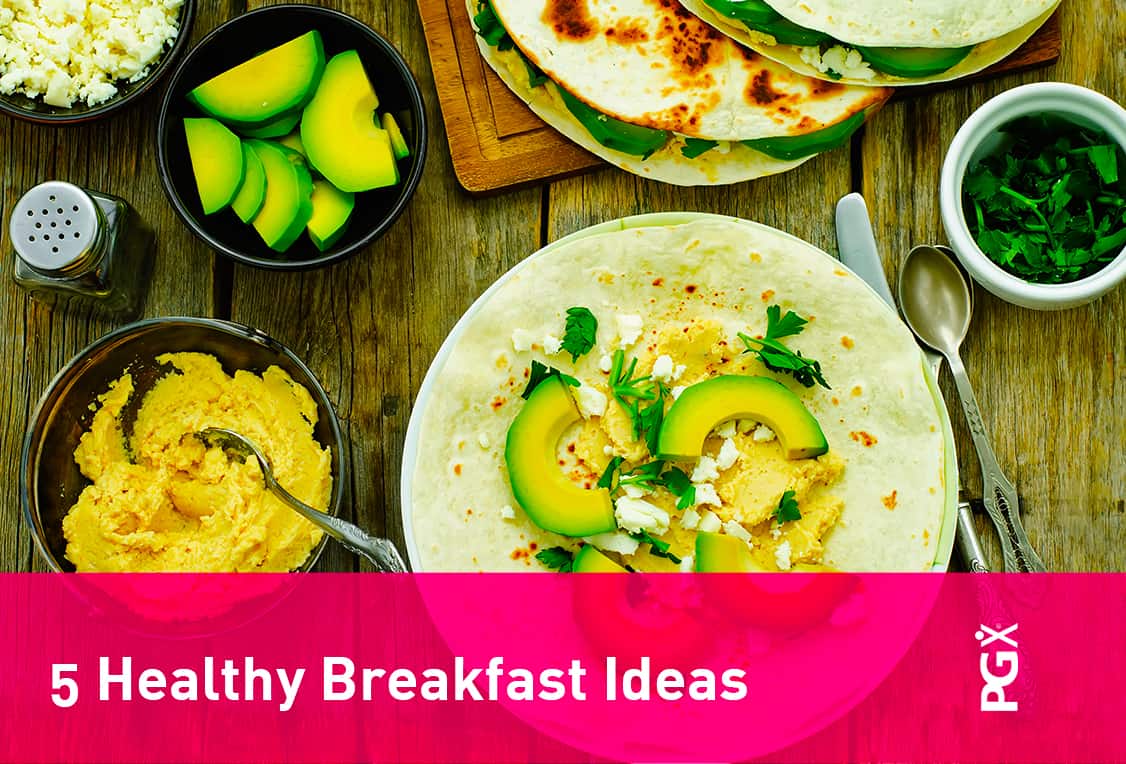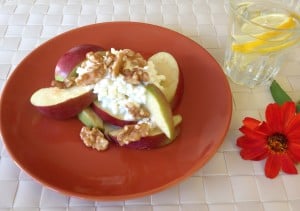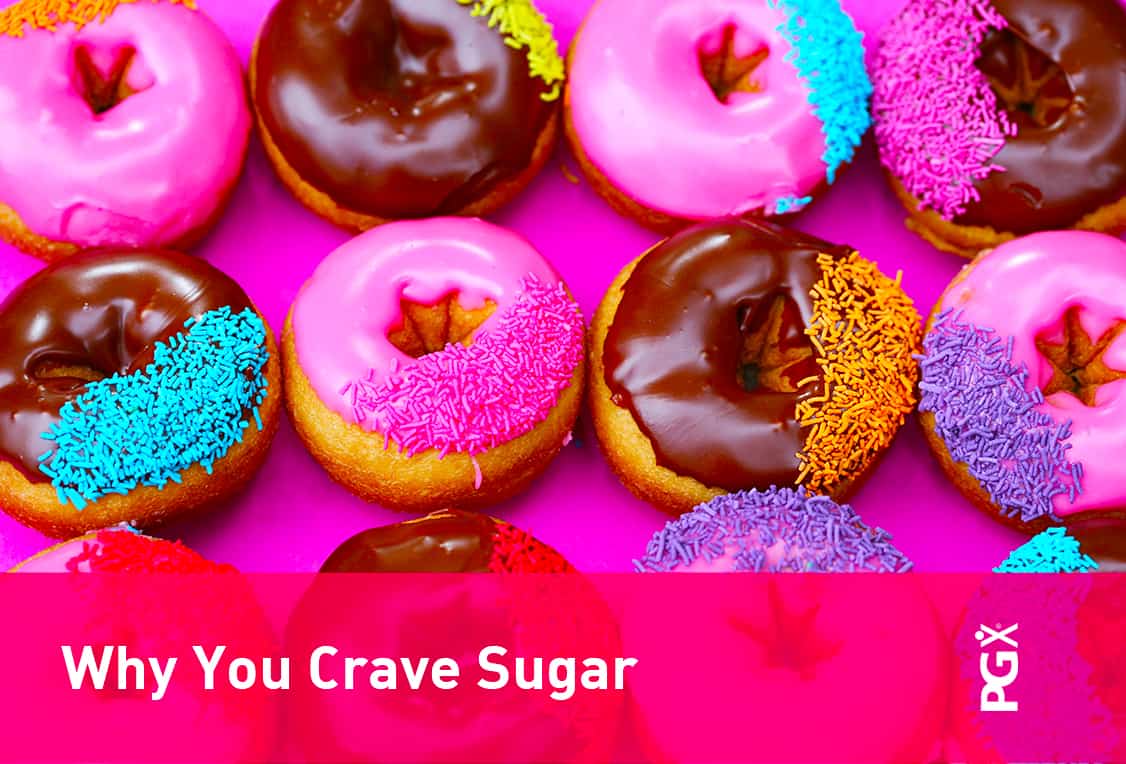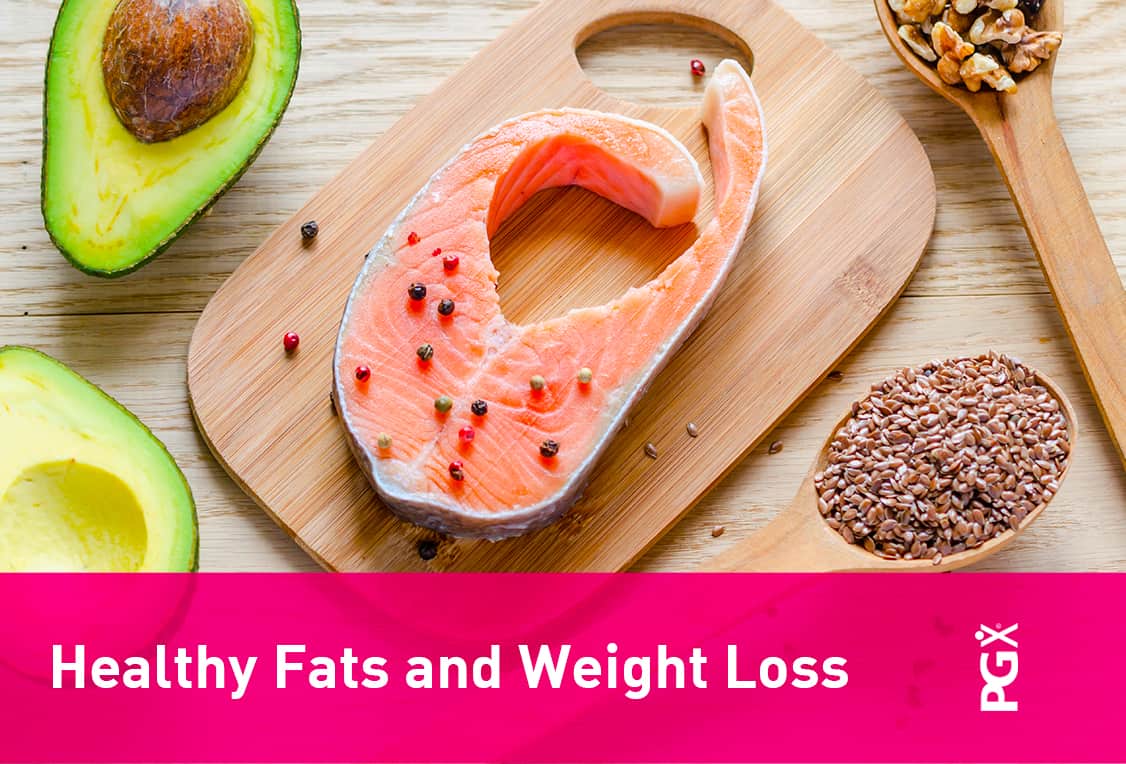 Your body is not the only thing that needs a good detox once in awhile. When I mention detoxification, you probably think about something your body does to lose weight, support your liver, and generally feel and look better. Strange as it sounds, your kitchen could also use a good detox!
Your body is not the only thing that needs a good detox once in awhile. When I mention detoxification, you probably think about something your body does to lose weight, support your liver, and generally feel and look better. Strange as it sounds, your kitchen could also use a good detox!
If you make your kitchen a safe zone, with only foods that nourish rather than harm, then you will automatically make the right choices. If you fill it with crap, you will eat crap, no matter how much willpower you have.
The first step to detoxify your kitchen, then, is not to load it with junk and clear out whatever junk currently is stocking your cupboards. If it’s not there you won’t eat it. It’s that simple.
I’ve created a four-step process to effectively detoxify your kitchen and restock it with healthy foods.
Step 1: Set aside an hour to purge your kitchen
Schedule it into your planner if you need to. This requires some detective work. Read food labels for added sugar and other junk ingredients that don’t belong in a healthy kitchen. Have a big garbage bag ready (better yet, recycle containers if you can) to dump the junk. It might take longer depending on how much hidden junk and toxic ingredients lurk in your cupboard or fridge.
Step 2: Scrutinize labels
Ideally, you’ll replace anything that is questionable with real fresh or whole foods without labels. A fresh avocado or a kiwi doesn’t come with a nutrition facts label, or a bar code or ingredient list. If you decide to keep foods with labels, follow these rules:
- Focus on the ingredient list, not the “nutrition facts” that are mostly designed and developed under huge food industry lobby efforts to confuse and confound your efforts to eat healthy.
- If you don’t recognize, can’t pronounce it, or it is in Latin or you don’t have it in your cupboard and you wouldn’t use it in a recipe, then don’t use it.
- On every ingredient list, note that the most abundant ingredient is listed first. The others follow in descending order by weight.
- Be conscious of ingredients that may not be on the list. Some ingredients may be exempt from labels. Get rid of these foods.
- Beware of foods with health claims on the label. These claims usually signal a marketing ploy to make you think they’re good for you when they’re really just healthy pretenders. Things like sports beverages, energy bars, and even multigrain breads (which often contain high fructose corn syrup) fall into this category.
Now that you know what to look for, I’ll walk you through the process of determining what can stay and what needs to take a permanent vacation on your kitchen detox.
Step 3: Ditch These Foods
When you detoxify your body, you eliminate harmful toxins. Likewise, when you detoxify your kitchen you’ll want to get rid of any food that contains these harmful ingredients.
1. You probably know obvious sugar culprits, but be aware of hidden sugars that lurk in salad dressings, processed foods, drinks, and even “healthy” foods like cereals and wheat. Sugar goes by many aliases. Just as boys named Andrew often go by Andy or Drew, sugar might be called organic cane juice, honey, agave, maple syrup, cane syrup, or molasses. There are 257 names for sugar, most made from corn with names that you wouldn’t recognize. Look carefully at condiments like salad dressing, barbecue sauce, or ketchup, which are often high-fructose corn syrup traps.
2. Bad fats. Don’t be afraid of fat. Fat doesn’t make you fat, but the wrong fats can wreak serious metabolic havoc. Toss out any highly refined cooking oils such as corn and soy, fried foods you may have stored in your freezer, and margarine or shortening. These have dangerous trans fats that create inflammation. Scour labels for the words “hydrogenated fat” (another phrase for trans fat), which has finally been declared not safe for consumption by the Food and Drug Administration (FDA).
3. Artificial sweeteners. Throw out food with artificial sweeteners of all kinds (aspartame, NutraSweet, Splenda, sucralose, and sugar alcohols — any word that ends with “ol,” like sorbitol). Stevia may be better than aspartame but only whole plant extract, not Pure Via and Truvia, which are made by Pepsi and Coke and are chemical extracts of stevia. Use it sparingly. A new non-caloric sweetener that comes from monk fruit that is rich in antioxidants can also be used in small amounts. But remember, any sweetener can make you hungry, lower your metabolism, create gas, and store belly fat.
4. Anything with ingredients you can’t pronounce. If you purchase something with a nutrition label, there should be less than five ingredients on it and all things that a third grader would understand like “tomatoes, water, salt.” Focus on the ingredient list, not the “nutrition facts,” which are mostly designed and developed under huge food industry lobby efforts to confuse and confound your efforts to eat healthy.
5. Any potentially questionable food or ingredients. Seemingly safe foods like spices and seasonings can contain autolyzed yeast extract and even high fructose corn syrup that have no place in a healthy kitchen.
Step 4: Stock Up on These
Now that you’ve purged unhealthy foods, you want to replace kitchen cabinets and cupboards with fresh, healthy foods. These are the ones you’ll want to load your kitchen with:
1. Non-starchy veggies are freebies. Eat as many as you like! Limit fruits because they increase your insulin levels. Berries are your best bet. When possible, choose organic, seasonal, and local produce. When you can, avoid the most pesticide contaminated fruits and vegetables by consulting the Environmental Working Group’s “Dirty Dozen” list and instead choose from the “Clean Fifteen” list featuring the least contaminated options. Just make sure you’re buying unseasoned or unsweetened varieties. Also check out your local farmers market or community supported agriculture (CSA).
2. Dry foods. These staple foods usually have a longer shelf life and include raw or lightly roasted nuts and seeds, legumes, quinoa, and gluten-free grains.
3. Herbs, spices, and seasonings. You’ll want to have a range of pantry ingredients, including seasonings and spices, on hand. Buy organic when you can. Because you only use a little of some of these, they tend to last a long time so you get a lot of value from them. Among my favorites include extra virgin olive oil, extra virgin coconut butter, sea salt, freshly ground black pepper, and seasonings and spices. Just read your labels to ensure they don’t contain hidden sugar, gluten, or other problem additives.
4. Fresh foods. Get in the habit of keeping your fridge and freezer stocked with these items. When selecting beef or meat, choose grass-fed, hormone-free, or organic, whenever possible. The United States Department of Agriculture (USDA) mandates that all poultry is raised without hormones, so look for the terms “antibiotic free” or “organic” when buying poultry. Check out the Environmental Working Group’s “Meat Eater’s Guide” to choose meat that’s good for you and good for the planet. Optimal protein choices include:
- Chicken and turkey breasts
- Ground chicken and turkey
- Grass-fed beef, lamb, and bison (buffalo) meat
- Omega-3 enriched eggs
- Whole forms of non-GMO soy food, like tofu, tempeh, and gluten-free miso (organic, when possible)
- Wild or sustainably farmed, low-mercury seafood like sardines, salmon, herring, flounder, clams, crab, oyster, perch, pollock, shrimp, sole, squid, trout, whitefish etc.). Avoid those fish that are high in mercury such as tuna, swordfish, and Chilean sea bass. Refer to the National Resources Defense Council website to download their wallet guide to choosing the fish lowest in mercury.
Now, you might need some inspiration! It’s easy to just say, I’ll buy tons of veggies and some fruit and healthy meats and fats, but what are you going to do with all of that food?
Well, my new book, Eat Fat, Get Thin Cookbook not only goes through a step-by-step guide of how to makeover your kitchen, but it features over 175 mouth-watering recipes to help you get healthy and stay healthy. I’ve included breakfast dishes, smoothies, some vegan meals, plenty of options for lunch and dinner, and even desserts! Eating food that is good for you is not about feeling deprived. If you choose the right foods and the right recipes, you can reap the benefits of a healthy style without feeling deprived.
“If you choose to use only one supplement, PGX is the most important” ~ Mark Hyman, MD from his book, Eat Fat, Get Thin
Now you’re all set up for success!
VN:F [1.9.22_1171]
Rating: 0.0/5 (0 votes cast)

 1. You Haven’t Kicked Processed Foods
1. You Haven’t Kicked Processed Foods 2. You’ve Plateaued in Your Workout
2. You’ve Plateaued in Your Workout 3. You’re Not Getting Enough Sleep
3. You’re Not Getting Enough Sleep

 Problems with the BMI
Problems with the BMI Alternative to the BMI
Alternative to the BMI Your body is not the only thing that needs a good detox once in awhile. When I mention detoxification, you probably think about something your body does to lose weight, support your liver, and generally feel and look better. Strange as it sounds, your kitchen could also use a good detox!
Your body is not the only thing that needs a good detox once in awhile. When I mention detoxification, you probably think about something your body does to lose weight, support your liver, and generally feel and look better. Strange as it sounds, your kitchen could also use a good detox!